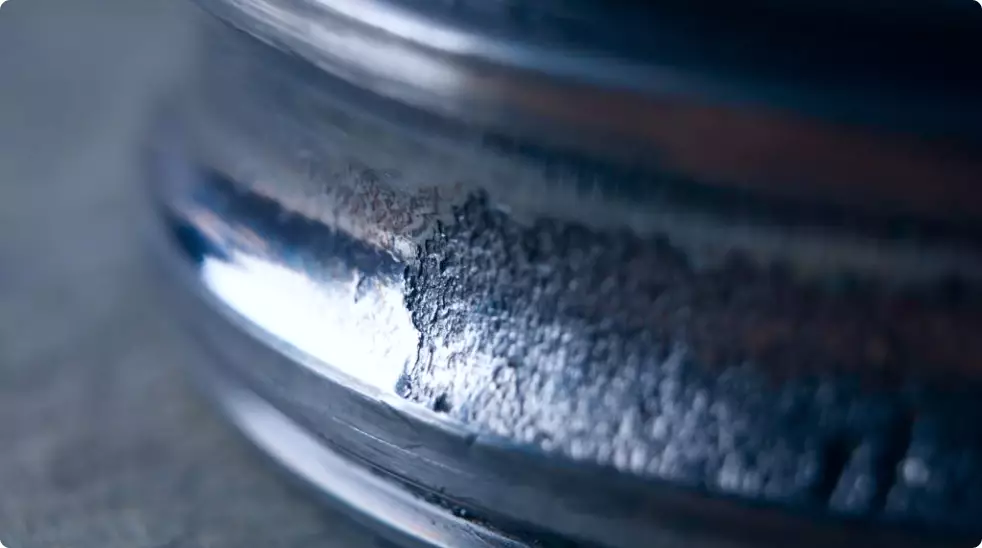
Bearing Radial Play Explained
What is Bearing Radial Play?
Bearing radial Play also referred to as bearing internal clearance, refers to the amount of radial and or axial displacement which occurs inside a bearing. In manufacturing to adjust the internal clearance, the ball is sized accordingly. The inner and outer rings are fixed, so the clearance can only be determined during manufacturing by ball selection. During installation and operation, the clearance can be further adjusted through fit and function.
Internal Clearance
Bearing internal clearance (fig. 1) is defined as the total distance through which one bearing ring can be moved relative to the other in the radial direction (radial internal clearance) or in the axial direction (axial internal clearance).
Initial Clearance
In almost all applications, the initial clearance in a bearing is greater than its operating clearance. The difference is mainly caused by two effects:
- Bearings are typically mounted with an interference fit on the shaft or in the housing. The expansion of the inner ring or the compression of the outer ring reduces the internal clearance.
- Bearings generate heat in operation. Differential thermal expansion of the bearing and mating components influences the internal clearance.
Sufficient internal clearance in a bearing during operation is important. Preload (clearance below zero) is possible for certain bearing types. Ideal operating clearance is zero.
ISO’s main clearance classes
To enable the selection of the appropriate initial internal clearance to achieve the desired operational internal clearance, bearings are available in different clearance classes. ISO has established five clearance classes for many bearing types. All bearing companies use designation suffixes to indicate when the bearing internal clearance differs from Normal.
As shown in the table, no designation following a bearing part number means that it is standard clearance.

Radial Internal Clearances in Extra Small and Miniature Ball Bearings

General
As a general rule, the radial clearance in ball bearings should be close to zero when the bearing has reached its optimal operating condition. However, a small preload usually has no damaging effects. On the other hand, in roller bearings, which deflect far less under load than ball bearings, a certain small bearing clearance should be left so that the bearing may function satisfactorily at high speed.
Details
As mentioned earlier, all radial bearings will be delivered from the factory with one of the preset clearances from the tables above (fig. 1, 2). This being said, all radial bearings are delivered with a clearance usually greater than the bearing in service.
Certain double-row angular contact ball bearings are exceptions to this rule. In Open bearings, such as tapered roller bearings and single row angular contact ball bearings, one cannot speak of bearing clearance until the bearing is mounted. When an inner ring is mounted with a press fit, the ring expands elastically, so the bearing play or looseness is reduced. The magnitude of the reduction in clearance depends, aside from the interference between the shaft and the bore, on the material and surface finish of the shaft and the ring dimensions. As a result of these factors, the reduction in clearance will be from 50%-80% of the measured interference. Also, when an outer ring is pressed into a housing, the bearing clearance is further reduced.
Service
In service, the bearing clearance is also affected by heat distribution. In practice, the housing and the surrounding environment cool the outer ring more effectively than the inner ring. As a result, the inner ring temperature will be somewhat higher than that of the outer ring, causing a further reduction in the bearing clearance.
The normal clearance, with which ball and roller bearings are supplied is so determined that the clearances under normal operating conditions will be suitable if either bearing ring is mounted with a press fit. Only if more unusual operating conditions exist, must bearings with special clearance be considered.
For cost and practical considerations, choose the clearance from the chart that best suits your application.
Still have a question or need to discuss something? Contact us to get help.

